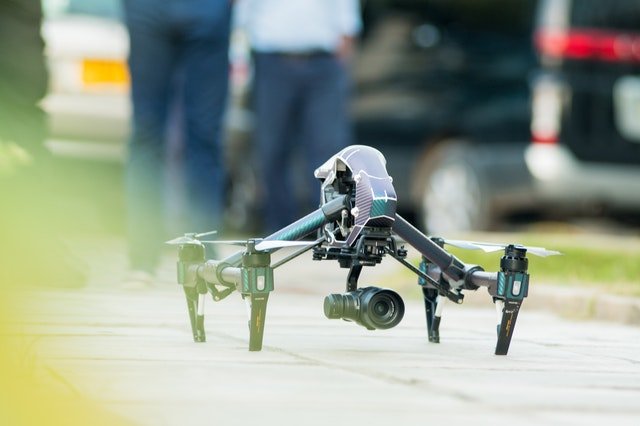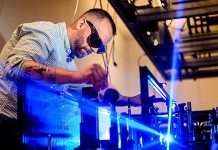
In a new study, researchers have developed a new type of high-power fuel cells.
The new fuel cells could operate at double the voltage of today’s commercial fuel cells.
The research was conducted by a team from Washington University in St. Louis.
In the U.S., the transportation industry is one of the largest consumers of energy. It requires high-efficient and clean energy for cars, planes, ships, and submarines.
However, due to limitations on energy and power technology, it is hard to design electric-powered ships, planes, and submarines.
In the current study, the team developed a direct borohydride fuel cell that can advance technology in this area.
They found it is possible to use pH-gradient-enabled microscale bipolar interface (PMBI) to power unpiloted underwater vehicles, drones, and even electric aircraft at a much lower cost.
The PMBI help them run the new fuel cell with liquid reactants and products in submersibles and use the new fuel cells in higher-power drone flights.
The new fuel cell uses an alkaline electrolyte at one electrode and an acidic electrolyte at the other electrode.
The PMBI could keep the acid and alkali from mixing. This forms a sharp pH gradient and enables the successful operation of this system.
With the help of PMBI, the researchers could optimize the fuel cell device and find the best-operating conditions to make a high-performance fuel cell.
They believe it is a very promising technology and can be used on applications in both submersibles and drones.
They plan to explore commercialization opportunities for their findings in the near future.
One author of the study is Vijay Ramani, professor of energy, environmental, and chemical engineering at Washington University in St. Louis.
The study is published in Nature Energy.
Copyright © 2019 Knowridge Science Report. All rights reserved.



